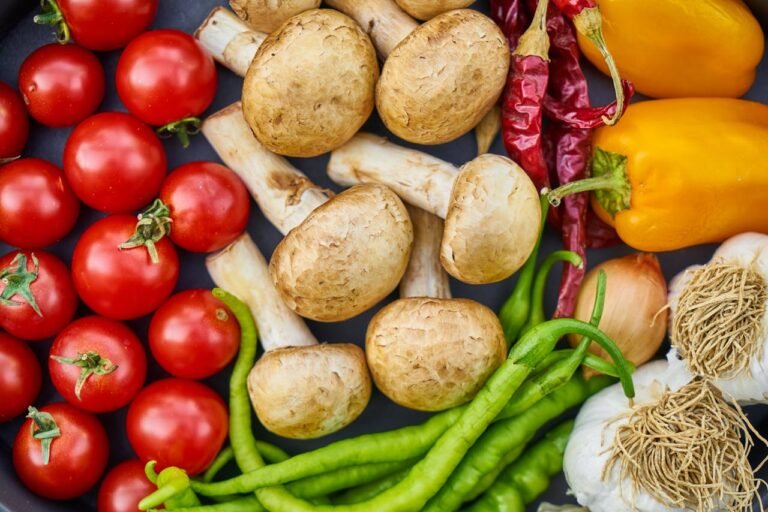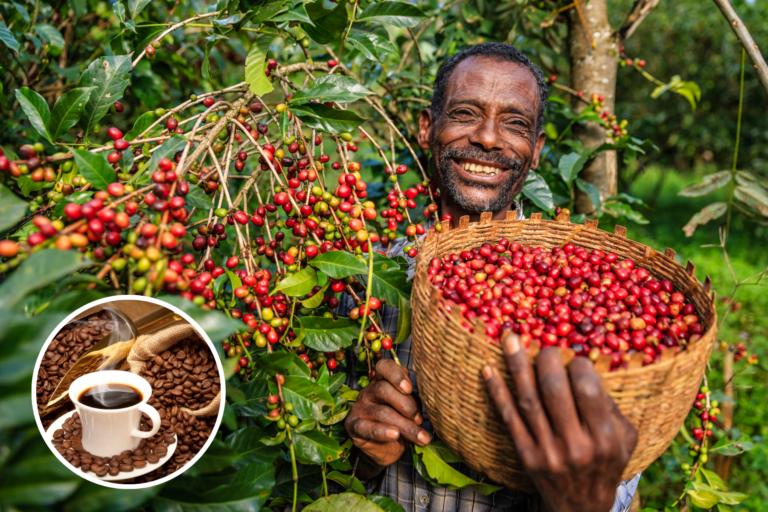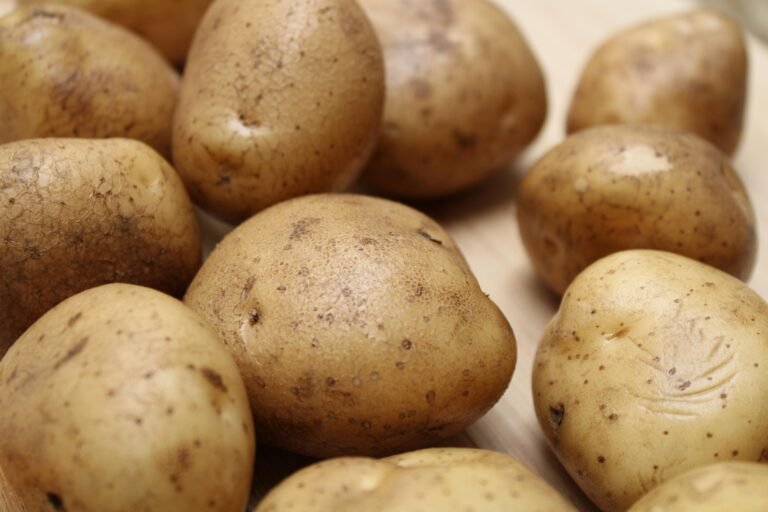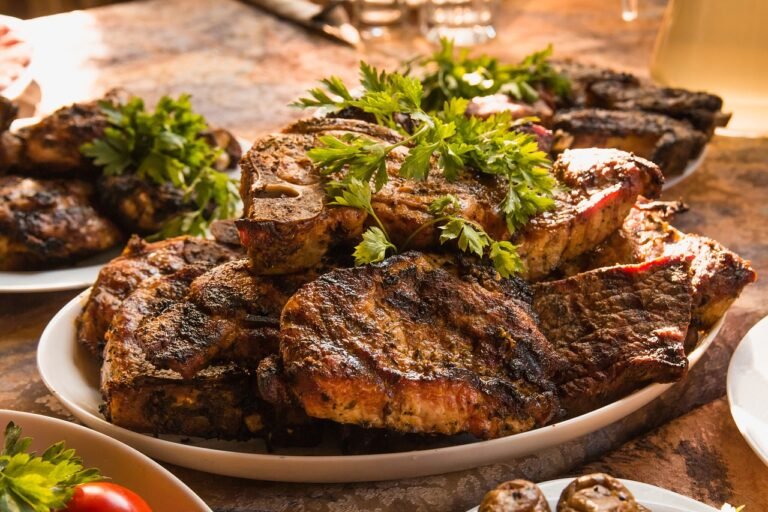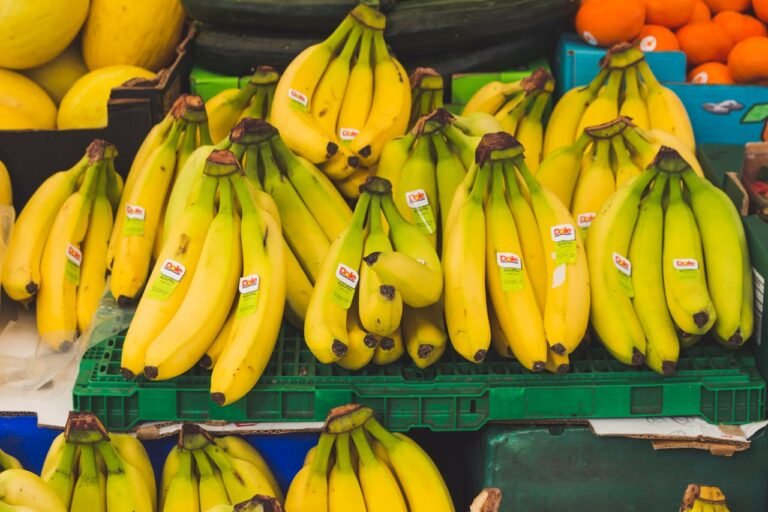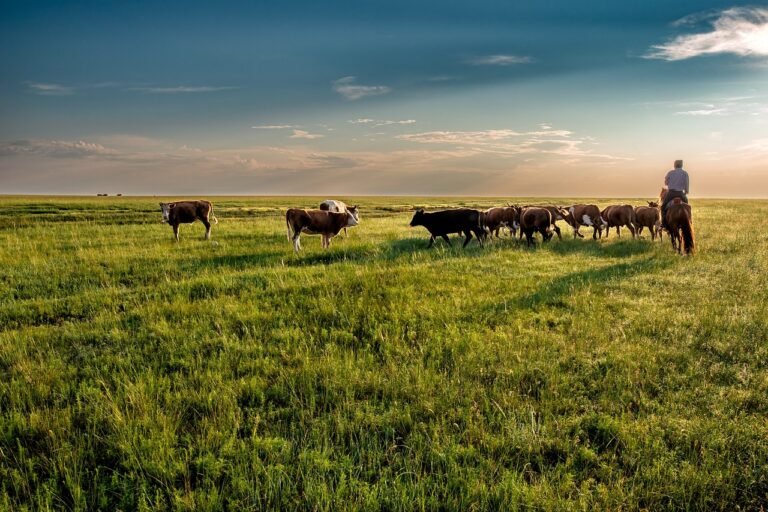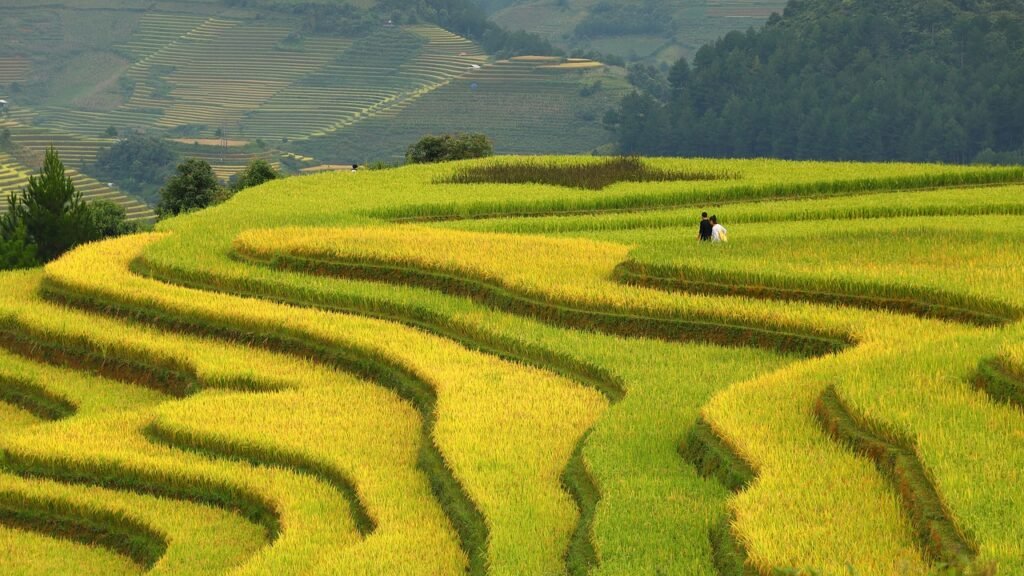
Rice is one of the most important food crops in the world and a staple for more than half of the global population. For someone like me, who eats rice daily, it’s more than just a meal—it’s a comforting ritual and a connection to cultures around the globe. For many in Asia, especially those facing hard times, rice is the food that fills hungry bellies and sustains life. This humble grain isn’t just food; it’s a cultural cornerstone, woven into traditions from the lush paddies of Southeast Asia to the vast fields of the Mississippi Delta.
The global rice industry is valued at approximately $376 billion in 2024 and is projected to see a 3% annual increase in demand over the next decade, according to Mordor Intelligence. Rice is cultivated in more than 120 countries, with China and India accounting for 50% of global rice production. Additionally, China is the largest consumer of rice, accounting for more than 30% of the world’s total rice consumption. In 2022, there were approximately 165 million hectares of rice-cultivated area worldwide, according to the Food and Agriculture Organization (FAOSTAT).
Related Post: Top 10 Coffee Producing Countries in the World
Understanding the main producers of rice helps us better grasp the global food market and highlights the significance of this vital crop. The world’s rice supply largely comes from the top 10 rice-producing nations, each with its own unique practices and varieties. These countries are not only agricultural powerhouses but also cultural epicenters where rice plays a crucial role in culinary traditions and social customs. Let’s explore these countries and discover how each one uniquely contributes to the global rice landscape.
10. Japan
Total Rice Production – 7.27 Million Metric Tons
Japan is known for its high-quality rice, especially short-grain varieties like sticky Koshihikari and Sasanishiki, which are perfect for sushi. Rice is cultivated across the country, with notable production in areas like Niigata and Akita. Some of the most popular Japanese dishes revolve around rice, from traditional meals like gohan (steamed rice) to sushi and onigiri (rice balls). According to the Foreign Agricultural Service of the U.S. Department of Agriculture (USDA), Japan’s annual rice production stands at 7.27 million metric tons
9. Pakistan
Total Rice Production – 9 Million Metric Tons
In Pakistan, rice cultivation flourishes in the rich, fertile plains of Punjab and Sindh. The country is particularly renowned for its Basmati rice—a long-grain variety celebrated for its unique aroma and delicate flavor. For many in Pakistan, rice isn’t just a staple; it’s a cornerstone of the culinary landscape. Dishes like biryani and pulao highlight rice’s versatility and its integral role in Pakistani cuisine. Whether it’s a fragrant biryani bubbling with spices or a simple pulao, rice is more than just a side dish; it’s central to meals that bring people together and celebrate the country’s rich culinary traditions.
8. Myanmar
Total Rice Production – 11.95 Million Metric Tons
Rice production is a vital part of the agricultural landscape in country, centered in the lush Irrawaddy Delta. This fertile region provides ideal conditions for extensive rice cultivation, allowing the country to grow a range of varieties. Among these, Paw San stands out, prized for its aromatic fragrance and pleasant texture. Rice is much more than a staple in Myanmar; it’s woven into the fabric of daily life and traditional cuisine. Dishes like mohinga—a flavorful rice noodle soup—and htamin jin, a dish of fermented rice, showcase how rice is integral to Myanmar’s culinary heritage. These traditional recipes highlight rice’s role not just as a food, but as a central element of the country’s cultural identity.
7. Philippines
Total Rice Production – 12.33 Million Metric Tons
The Philippines boasts significant rice production, particularly in the fertile regions of Luzon and Mindanao. These areas are perfect for growing a range of rice varieties, including both traditional favorites and high-yielding types like Dinorado and IR64. For Filipinos, rice is more than just a staple—it’s a cornerstone of their culinary traditions. Popular dishes like arroz caldo, a comforting rice porridge often enjoyed for breakfast or as a remedy for colds, and sinangag, a flavorful garlic fried rice commonly served with meals, showcase rice’s central role in Filipino cuisine. These dishes are not just everyday staples but also reflect the country’s rich food culture and its deep connection to rice.
6. Thailand
Total Rice Production – 20 Million Metric Tons
Thailand is celebrated around the world for its premium rice, especially the aromatic Jasmine rice, known locally as Hom Mali. This variety is cherished for its delicate fragrance and soft, fluffy texture, making it a staple in many households. The Chao Phraya Delta, with its nutrient-rich soil and abundant water supply, is the heart of Thailand’s rice production, where this prized grain flourishes. In Thai cuisine, which has gained international acclaim, rice is a central component. Dishes like pad thai, with its perfect balance of flavors, and the beloved dessert mango sticky rice, highlight how deeply rice is woven into the country’s culinary traditions. These dishes aren’t just meals; they’re a reflection of Thailand’s rich cultural heritage and the essential role rice plays in it.
5. Vietnam
Total Rice Production – 27 Million Metric Tons
Vietnam is one of the world’s leading rice producers, with the Mekong Delta often referred to as the country’s “rice bowl.” This region’s vast network of rivers and waterways creates the perfect environment for lush rice paddies, allowing for abundant harvests year after year. Among the high-quality varieties grown here, Jasmine rice stands out for its enticing fragrance and soft, delicate texture. In Vietnamese cuisine, rice is indispensable. It’s the base for beloved dishes like pho, the iconic noodle soup that’s enjoyed at any time of day, and com tam, a humble yet flavorful dish made with broken rice grains. These dishes aren’t just staples—they’re integral to the daily lives and culinary traditions of the Vietnamese people, highlighting the deep connection between rice and the nation’s identity.
4. Indonesia
Total Rice Production – 33.02 Million Metric Tons
Indonesia’s rice production flourishes in its wet, tropical climate, especially in the fertile regions of Java and Sumatra. The country’s rice paddies are a sight to behold, often terraced along steep mountainsides, creating iconic landscapes that are as beautiful as they are productive. Indonesia primarily cultivates Indica rice varieties, with local favorites like Pandan Wangi, celebrated for their unique, fragrant aroma. In Indonesian cuisine, rice is at the heart of many dishes. Nasi goreng, the nation’s beloved fried rice, and nasi lemak, a flavorful dish often wrapped in banana leaves, are just a couple of examples where rice isn’t just an accompaniment but the star of the meal.
3. Bangladesh
Total Rice Production – 37 Million Metric Tons
Bangladesh, though relatively small in size, is a significant player in global rice production. The Ganges-Brahmaputra Delta, with its rich, alluvial soils, offers ideal conditions for rice farming, especially during the monsoon season when the fields are lush and green. This fertile landscape supports the cultivation of various rice varieties, including aromatic types like Kalijira and Basmati, which are cherished for their unique flavors and fragrances. In Bangladeshi cuisine, rice is not just a staple—it’s the cornerstone of every meal. Dishes like biryani, a flavorful and aromatic rice dish often served at celebrations, and panta bhat, a traditional dish of fermented rice, are deeply embedded in the country’s culinary heritage.
2. India
Total Rice Production – 137 Million Metric Tons
India secures the second spot among the world’s top rice producers, with its diverse rice cultivation stretching from the fertile plains of Punjab to the lush deltas of West Bengal. The country is renowned for its Basmati rice, a long-grain variety celebrated for its enchanting aroma and rich flavor, as well as its non-Basmati varieties like Sona Masuri, which are equally beloved. In Indian cuisine, rice is far more than just a staple—it’s a culinary canvas. Regional specialties like biryani, an aromatic rice dish layered with spices and meat, and dosa, a crispy rice-and-lentil crepe, highlight the grain’s versatility.
1. China
Total Rice Production – 144.62 Million Metric Tons
China stands as the world’s largest producer of rice, commanding an impressive 28% share of global production—a dominant position it has held for centuries. The vast rice paddies that stretch across the Yangtze River Basin and the Pearl River Delta are not just iconic landscapes; they are the lifeblood of the nation’s rice industry, contributing significantly to its massive output. China’s rice cultivation is as diverse as its regions, producing a wide range of rice types, including the well-known Japonica and Indica varieties. Among them, Wuchang rice is particularly prized for its delicate fragrance and rich taste, earning a special place on dining tables across the country. Rice is more than just a crop in China; it’s a symbol of sustenance and tradition, deeply woven into the cultural and culinary fabric of the nation.


